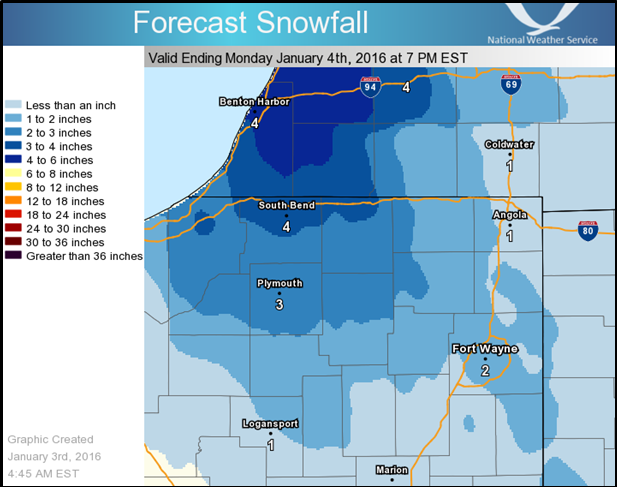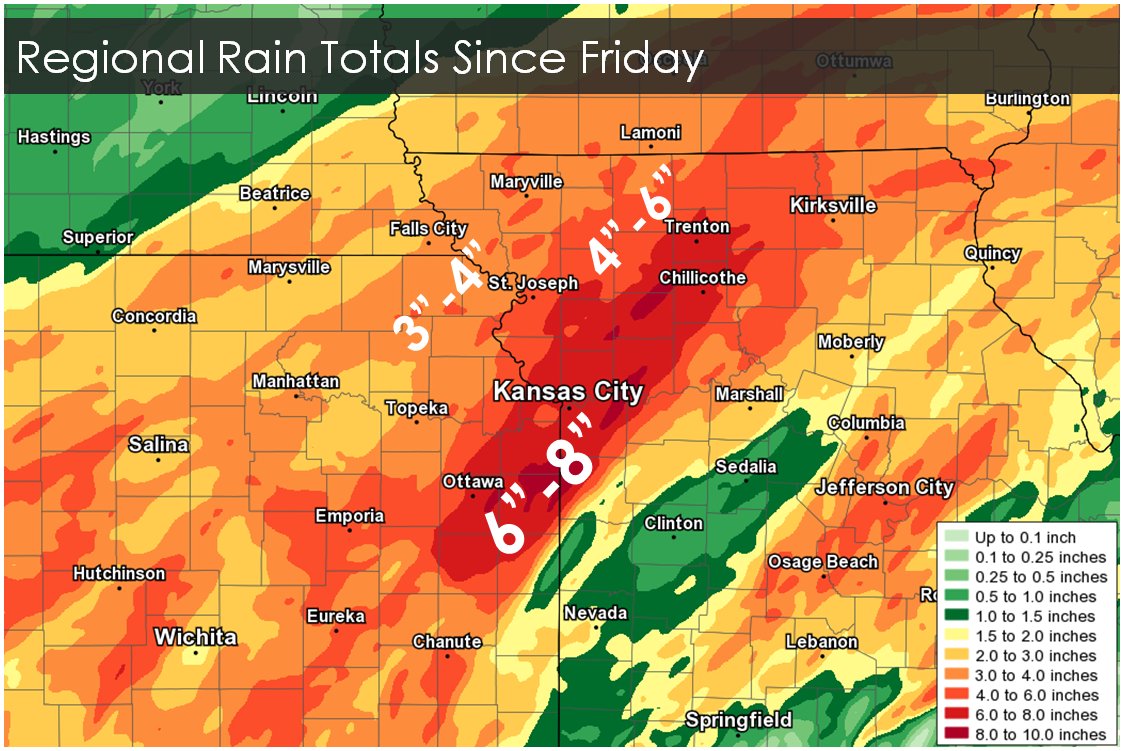

There is potential for heat to build back up in Texas later next week or weekend as well. Temperatures will likely moderate across much of the Great Lakes behind a cold front that will continue to move through the northern half of the country later next week. I will use a blend but favor the European.įor the outlook period, temperatures will be mild across the Plains with heat across the West and Great Lakes. and European models continue to have issues with inconsistency, especially beyond the next seven days. Another trough moving toward the West later next week will keep the pattern active going into next weekend. The North Pacific trough will move through Canada this weekend and next week, pushing the ridge back into the north Pacific. The ridge will redevelop over the West this weekend into next week, but will be much weaker. The southern ridge will get squashed by the western trough moving eastward this weekend. There is another ridge over western Canada and another trough in the North Pacific. There is a ridge in the South-Central and disturbances riding over the top of it from the West into the East. NATIONAL TEMPERATURE/RAINFALL EXTREMES:Ģ4-HOUR PRECIPITATION ENDING AT 7PM CT THURSDAY.EVANSVILLE, IN 1.84 INCHES US OUTLOOK AND MODEL DISCUSSION 6- TO 10-DAY PERIOD: The front will continue to produce showers over the Corn Belt and another system may follow through next weekend. and European models continue to have issues with inconsistency, especially beyond the next 7 days. is expected while the ridge continues in the Rockies. Some extension of the Canadian trough down into the U.S.


You can use your current location to quickly get a sense of the current snowfall in your area or you can search for any address or city to see the snowfall in that area.There is a ridge in the South-Central and disturbances riding over the top of it from the West into the East. You can also view the snowfall forecast for the next two days, and see a map of the recent snowfall in your area. You can view the snow accumulation, snow depth, and snowfall for your recent winter storms as well as nearby snow reports from weather stations across the country. The data is updated throughout the day as station readings are reported, usually no more than once an hour. This site pulls data from multiple different sources of data from the National Weather Service and the National Weather Service NOHRSC to create the easiest way to find the most accurate snowfall data in your area. This site attempts to correct that by combining and simplifying data from the National Weather Service and the NOAA. Weather websites are very good at reporting how much snow is forecast for the next day or week, but often make it difficult to see what the actual snowfall was at the end of the storm.


 0 kommentar(er)
0 kommentar(er)
